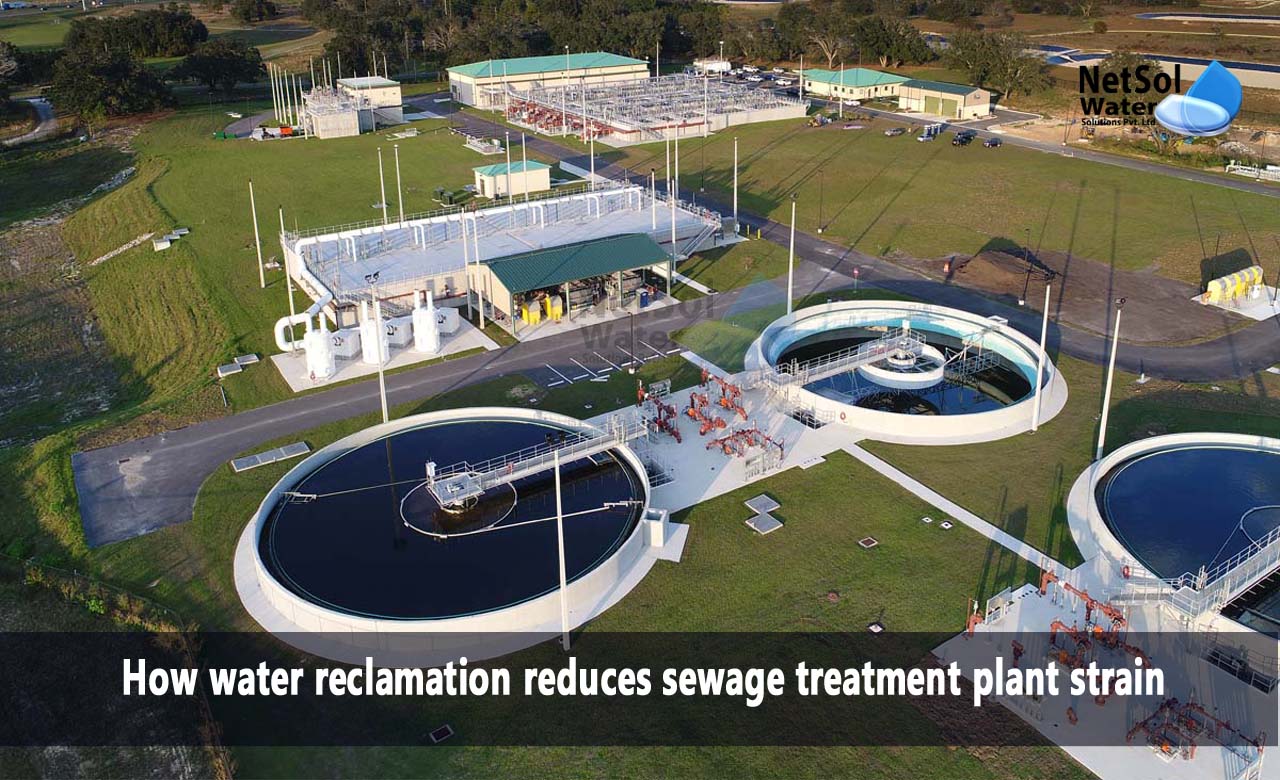How water reclamation reduces sewage treatment plant strain?
The availability of smooth, sparkling water is critical for our survival. However, it is a finite and increasingly scarce resource. As populations develop, the call for water escalates, placing titanic pressure on sewage treatment plants and potable water resources. Water reclamation is an innovative and sustainable method to mitigate this strain. In this blog, we'll explore the concept of water reclamation and its capability blessings in preserving and correctly managing our water sources.
Understanding Water Reclamation
Water reclamation, additionally called water recycling or water reuse, is treating wastewater and repurposing it for various non-potable and, in a few instances, potable purposes. It includes advanced treatment techniques to remove contaminants and pollution, making the reclaimed water safe for targeted use. The concept in the back of water reclamation is to lessen the call for potable water resources and alleviate the weight on sewage remedy vegetation.
The Potential Benefits of Water Reclamation
1. Conservation of Potable Water: One of the great blessings of water reclamation is the conservation of potable water. By reusing handled wastewater for non-consuming functions, we lessen our reliance on valuable freshwater resources, permitting us to allocate these assets extra efficaciously.
2. Environmental Benefits: Reclaiming water has environmental advantages, including decreasing the discharge of handled wastewater into natural bodies of water. This can help defend aquatic ecosystems and reduce the chance of contamination from pollutants in wastewater.
3. Reduced Strain on Sewage Treatment Plants: Sewage treatment vegetation is often overwhelmed by the quantity of wastewater they process. Water reclamation can help alleviate this strain by diverting a part of the dealt with water for non-potable uses, extending the life and efficiency of these centres.
4. Drought Resilience: Water reclamation is especially treasured in areas susceptible to drought. Reclaimed water may be used for irrigation, business techniques, and cooling, decreasing the demand for potable water during dry periods.
5. Economic Savings: Implementing water reclamation structures can cause long-term financial savings for municipalities and industries. By decreasing the want to extract, transport, and treat potable water, groups can store resources and reduce operational expenses.
6. Enhanced Water Quality: The advanced treatment techniques in water reclamation systems regularly result in water that is of a higher quality than the receiving bodies of water. This can advantage aquatic ecosystems and enhance water quality.
7. Versatile Applications: Reclaimed water can be used for loads of non-potable functions, which include panorama irrigation, business strategies, lavatory flushing, and even cooling structures in electricity plants. Some superior reclamation structures cangenerate water safe for direct potable use.
Challenges and Considerations
While water reclamation gives significant advantages, it isn't without challenges. Some issues include public belief, making sure the safety of reclaimed water, and the improvement of robust infrastructure. Stringent guidelines and powerful verbal exchange are crucial to deal with these demanding situations and garner public support for water reclamation tasks.
Conclusion
Water reclamation is a sustainable and ahead-thinking approach to helpful water resource management. It reduces the pressure on sewage, remedy vegetation, conserves potable water, and promotes environmental stewardship. As we face growing water scarcity and increasing calls for water resources, adopting water reclamation systems becomes increasingly important. By embracing this innovative practice, we will ensure a greater resilient, green, and sustainable future for our water delivery.



